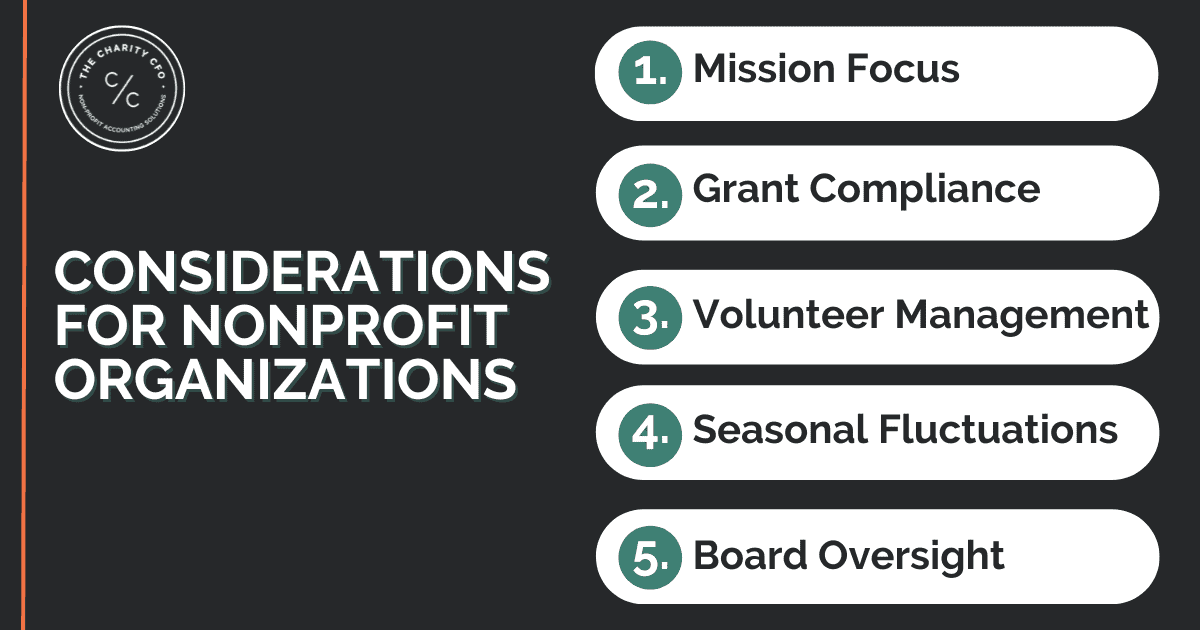The Difference Between Traditional Payroll and a PEO for Nonprofits
As a nonprofit leader, you’re constantly looking for ways to streamline operations and maximize resources. When it comes to managing your organization’s workforce, you have two primary options: traditional payroll services or a Professional Employer Organization (PEO).
No matter which direction you end up going, it’s crucial to understand the importance of payroll compliance. As a nonprofit organization, there are many pitfalls around payroll and you need to be aware of the rules.
To learn more about the do’s and don’ts around payroll, check out this resource.
Traditional Payroll Services: The Basics
Traditional payroll services focus primarily on processing your organization’s payroll. This includes calculating wages, withholding taxes, and ensuring timely payments to employees. Many nonprofits handle payroll in-house or outsource to a payroll provider. Here’s what you can expect from traditional payroll services:
- Payroll Processing: Calculation of wages, overtime, and deductions.
- Tax Withholding and Reporting: Managing federal, state, and local tax withholdings and filings.
- Direct Deposits or Check Printing: Ensuring employees receive their pay on time.
- Basic Reporting: Providing payroll reports for your accounting and record-keeping needs.
While traditional payroll services can be cost-effective for smaller nonprofits, they often lack the comprehensive HR support that growing organizations need.
Professional Employer Organizations (PEOs): A Comprehensive Approach
A PEO takes a more holistic approach to workforce management. By entering into a co-employment relationship with your nonprofit, a PEO becomes the employer of record for your staff. This arrangement allows the PEO to offer a wide range of services beyond basic payroll processing. Here’s what a PEO typically provides:
- Full-Service Payroll: All the features of traditional payroll services, plus more advanced reporting and analytics.
- Human Resources Management: Assistance with hiring, onboarding, performance management, and compliance.
- Benefits Administration: Access to better, more affordable benefits packages typically reserved for larger organizations.
- Risk Management and Compliance: Help with workers’ compensation, safety programs, and staying compliant with labor laws.
- Training and Development: Resources for employee training and professional development.
Key Differences for Nonprofits
When deciding between a traditional payroll and a PEO, nonprofits should consider several factors:
1. Cost Structure
- Traditional Payroll: Usually charges a per-employee or per-check fee, which can be more predictable for budgeting purposes.
- PEO: Often charges a percentage of total payroll, which can be more expensive but includes a broader range of services.
2. Employee Benefits
- Traditional Payroll: Your nonprofit is responsible for sourcing and managing benefits packages.
- PEO: Offers access to better benefits at potentially lower costs due to economies of scale.
3. Compliance and Risk Management
- Traditional Payroll: Provides basic tax compliance, but your organization remains responsible for most HR compliance issues.
- PEO: Takes on much of the compliance burden, helping to mitigate risks associated with employment laws and regulations. This includes things like registering in new states when you hire employees.
4. HR Support
- Traditional Payroll: Minimal to no HR support; your nonprofit needs to handle HR functions internally or hire separate consultants.
- PEO: Comprehensive HR support, including policy development, employee handbooks, and conflict resolution.
5. Scalability
- Traditional Payroll: Can work well for small to medium-sized nonprofits with stable workforce needs.
- PEO: Often better suited for growing nonprofits or those with complex HR needs and remote teams across the country with complex compliance.
Considerations for Nonprofit Organizations
When evaluating your options, consider these nonprofit-specific factors:
- Mission Focus: A PEO can free up more time for your team to focus on your nonprofit’s mission by handling HR and administrative tasks.
- Grant Compliance: Ensure that either option can provide the detailed reporting often required for grant compliance.
- Volunteer Management: While not typically part of payroll services, some PEOs offer solutions for managing volunteers alongside paid staff.
- Seasonal Fluctuations: If your nonprofit experiences seasonal changes in staffing, a PEO might offer more flexibility in scaling services up or down.
- Board Oversight: Consider how each option facilitates financial transparency and reporting to your board of directors.
Making the Right Choice for Your Nonprofit
Ultimately, the decision between traditional payroll and a PEO depends on your nonprofit’s unique needs, size, and growth trajectory. Here are some guidelines:
- Choose Traditional Payroll If:
- Your nonprofit is small with simple HR needs
- You have a stable, long-term workforce
- You prefer to keep HR functions in-house
- Cost is your primary concern
- Choose a PEO If:
- Your nonprofit is growing rapidly
- You want to offer better benefits to attract and retain talent
- You need comprehensive HR support and compliance assistance
- You’re looking to reduce administrative burden on your leadership team
- You are bogged down with the compliance of employees across multiple states
Remember, the goal is to find a solution that allows your nonprofit to operate efficiently while remaining compliant with all relevant laws and regulations. Whether you choose traditional payroll or a PEO, ensure that the provider understands the unique needs of nonprofit organizations.
At The Charity CFO, we understand the complexities of nonprofit finances and operations. While we specialize in nonprofit accounting and bookkeeping, we recognize the importance of efficient payroll and HR management in the overall financial health of your organization. If you’re struggling with payroll issues or considering a switch to a PEO, our team can help you analyze your options and make the best decision for your nonprofit’s future.
Don’t let payroll and HR challenges distract you from your mission. Focus on making a difference in your community, and let the experts handle the rest. Schedule a consultation with The Charity CFO today to discuss your nonprofit’s financial management needs and explore how we can support your organization’s growth and success.







